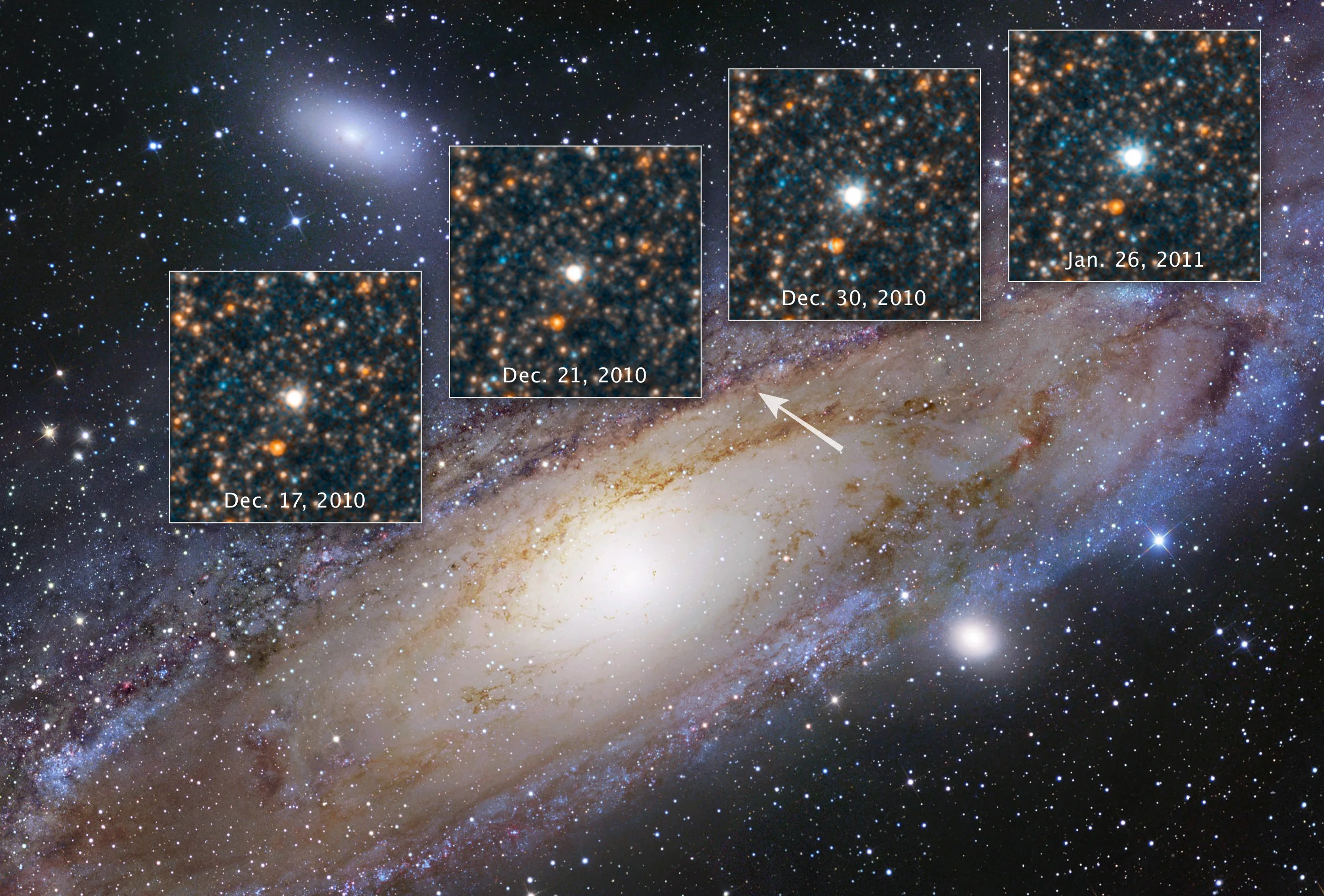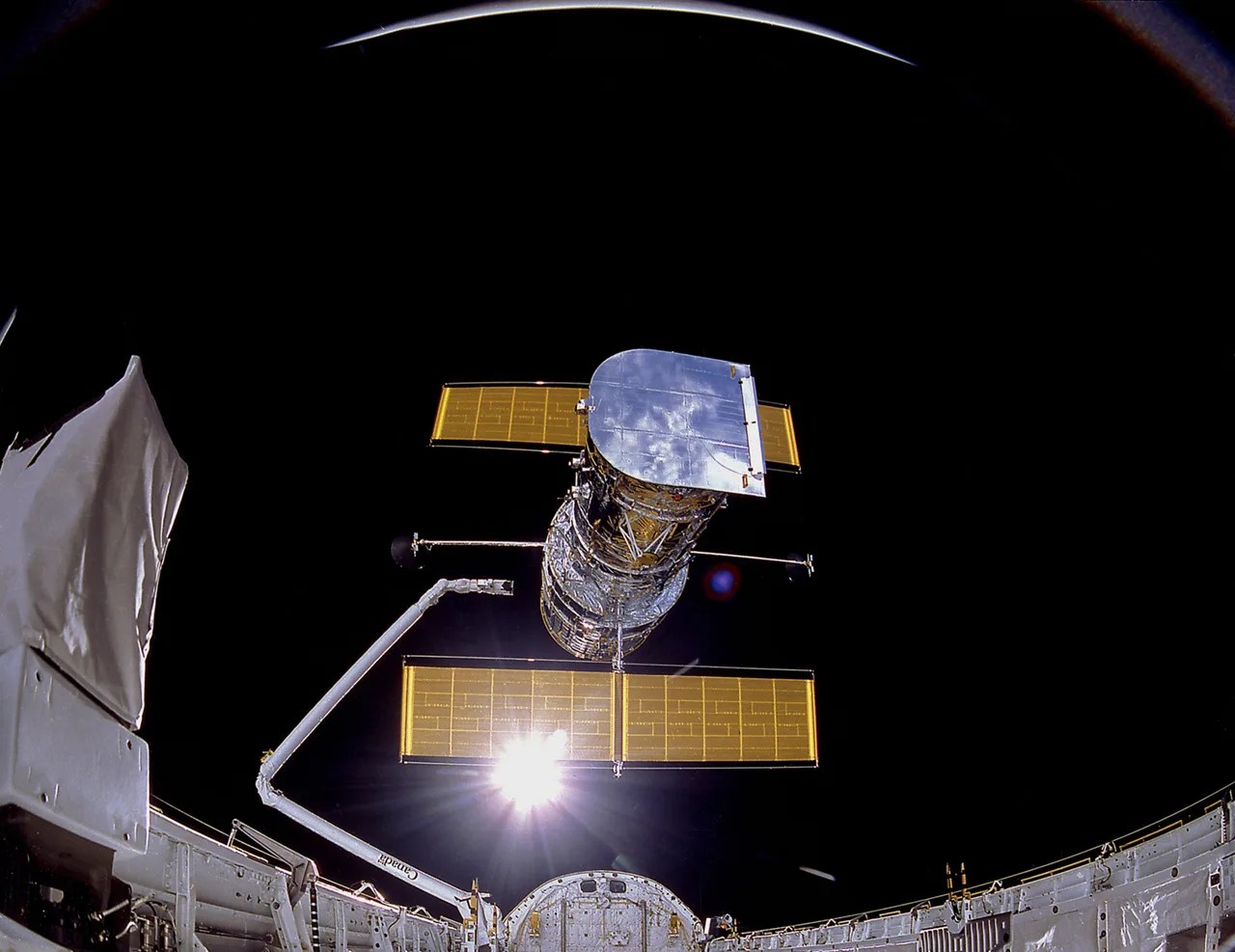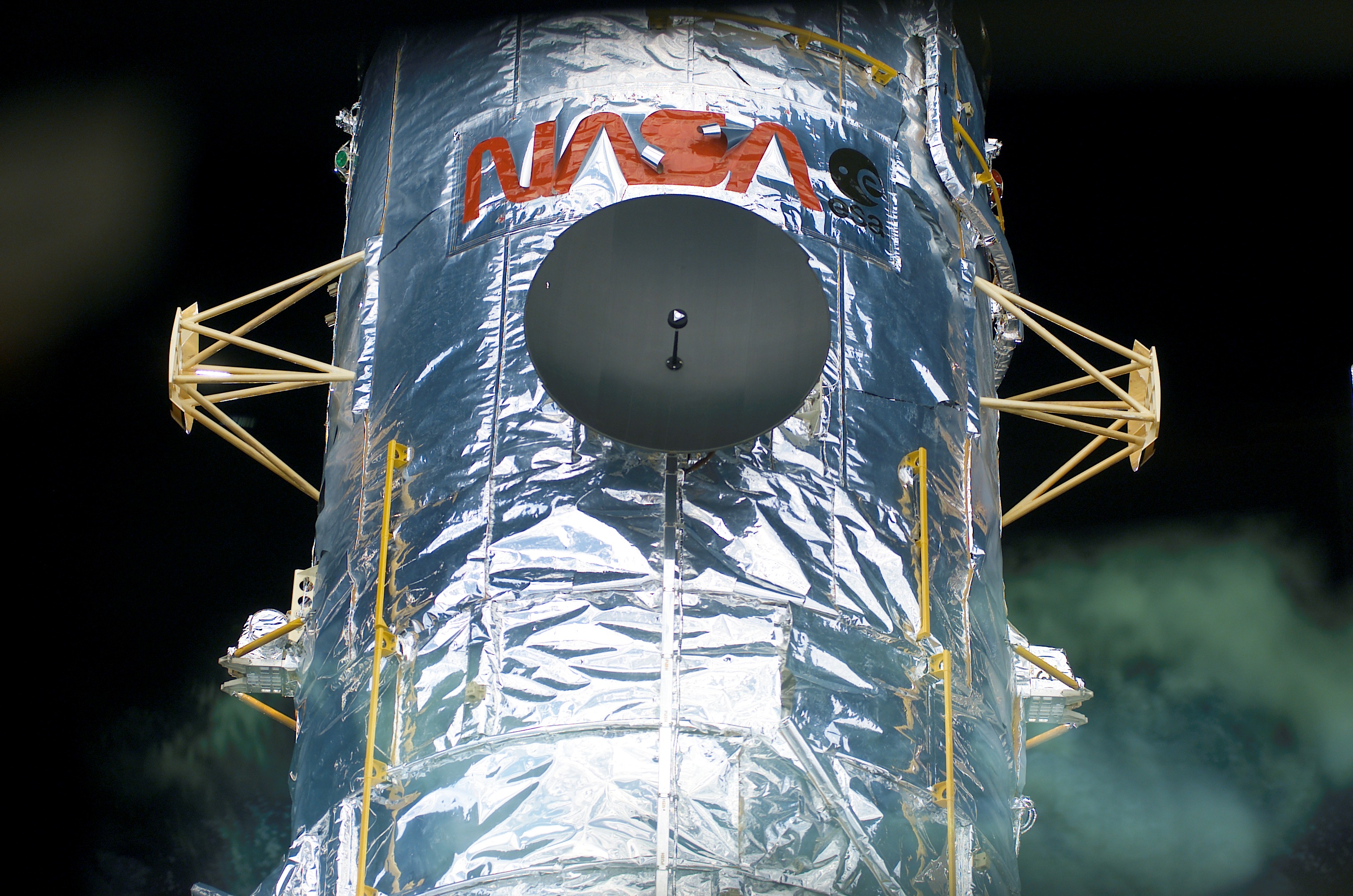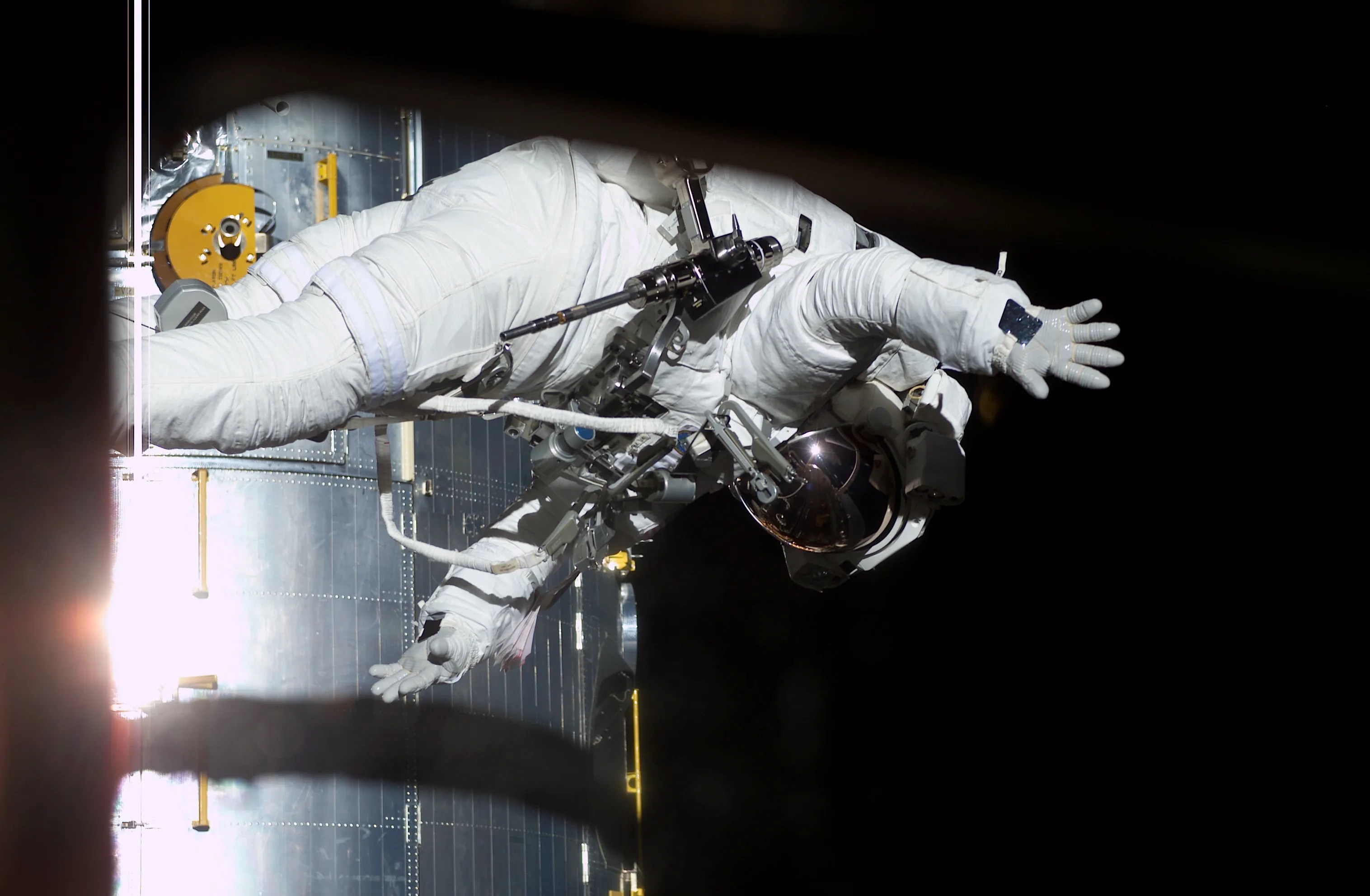NASA Hubble News
Filters

Hubble Captures Young Stars Changing Their Environments
This NASA/ESA Hubble Space Telescope image peers into the dusty recesses of the nearest massive star-forming region to Earth, the…

NASA’s Hubble Traces Hidden History of Andromeda Galaxy
In the years following the launch of NASA’s Hubble Space Telescope, astronomers have tallied over 1 trillion galaxies in the…

NASA Celebrates Edwin Hubble’s Discovery of a New Universe
For humans, the most important star in the universe is our Sun. The second-most important star is nestled inside the…

NASA’s Hubble Tracks Down a ‘Blue Lurker’ Among Stars
The name “blue lurker” might sound like a villainous character from a superhero movie. But it is a rare class…

Hubble Reveals Surprising Spiral Shape of Galaxy Hosting Young Jet
The night sky has always played a crucial role in navigation, from early ocean crossings to modern GPS. Besides stars,…

Hubble Rings In the New Year
This NASA/ESA Hubble Space Telescope image reveals a tiny patch of sky in the constellation Hydra. The stars and galaxies…

Hubble Spies a Cosmic Eye
This NASA/ESA Hubble Space Telescope image features the spiral galaxy NGC 2566, which sits 76 million light-years away in the…

Hubble Images a Grand Spiral
This NASA/ESA Hubble Space Telescope image features the glorious spiral galaxy NGC 5643, which is located roughly 40 million light-years…

NASA’s Hubble Celebrates Decade of Tracking Outer Planets
Encountering Neptune in 1989, NASA’s Voyager mission completed humankind’s first close-up exploration of the four giant outer planets of our…

Hubble Spots a Spiral in the Celestial River
The subject of this NASA/ESA Hubble Space Telescope image is NGC 1637, a spiral galaxy located 38 million light-years from…

NASA’s Hubble Takes the Closest-Ever Look at a Quasar
Astronomers have used the unique capabilities of NASA’s Hubble Space Telescope to peer closer than ever into the throat of…

Hubble Captures an Edge-On Spiral with Curve Appeal
This NASA/ESA Hubble Space Telescope image features a spiral galaxy, named UGC 10043. We don’t see the galaxy’s spiral arms…

NASA’s Hubble Finds Sizzling Details About Young Star FU Orionis
In 1936, astronomers saw a puzzling event in the constellation Orion: the young star FU Orionis (FU Ori) became a…

Hubble Takes a Look at Tangled Galaxies
This NASA/ESA Hubble Space Telescope image depicts the cosmic tangle that is MCG+05-31-045, a pair of interacting galaxies located 390…

NASA’s Hubble Sees Aftermath of Galaxy’s Scrape with Milky Way
A story of survival is unfolding at the outer reaches of our galaxy, and NASA’s Hubble Space Telescope is witnessing…
Information
Media Resources
Need to talk to our communication's team? Need b-roll for the documentary your making? This page helps you find the Hubble media information you need.
Hubble Media Information
Hubble
Social Media
These accounts represent NASA's Hubble Space Telescope on social media and follow the agency's policies and guidelines. Find the ones that match your interests and begin exploring!
Hubble's Social Media

